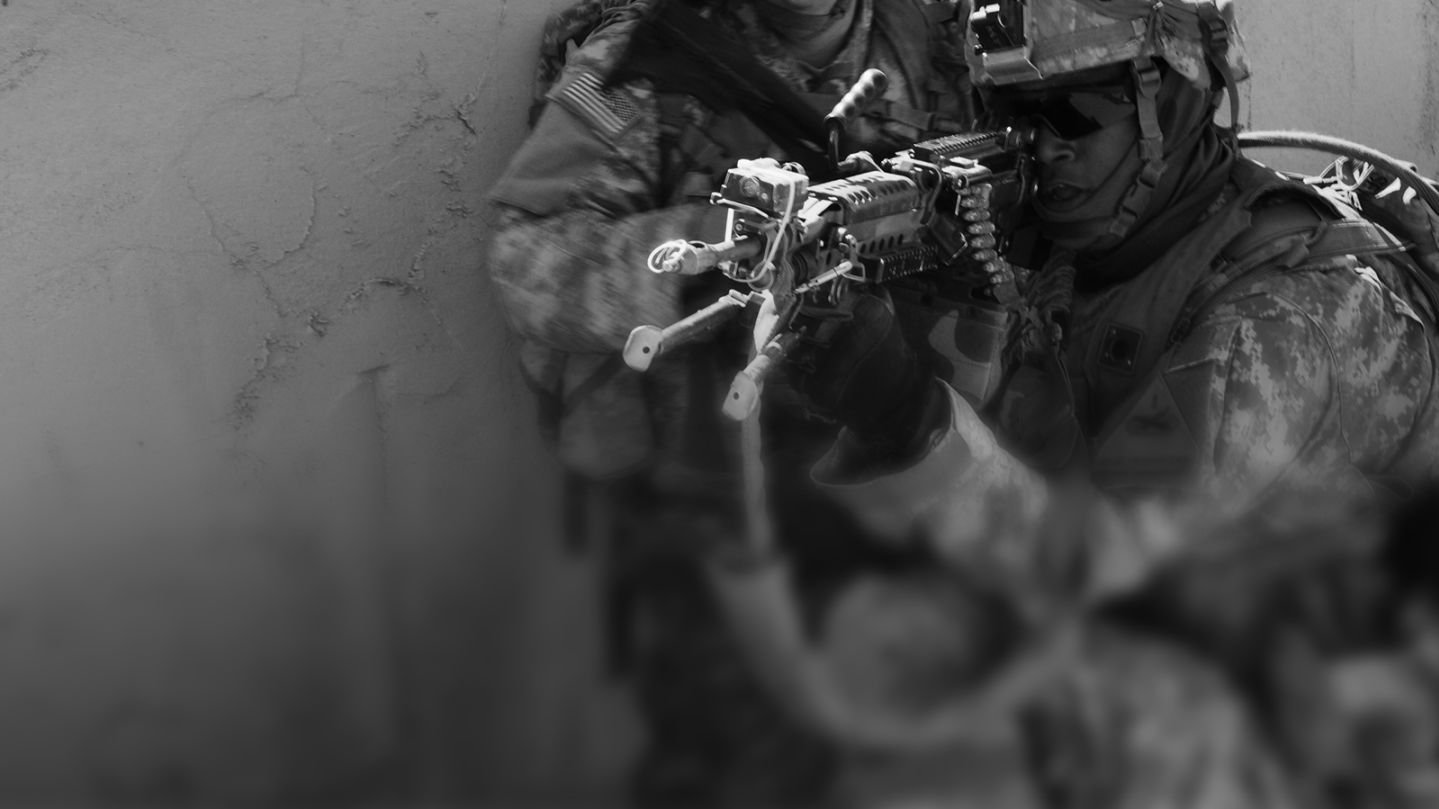Story highlights
Mattis is expected to be greeted on the steps of the Pentagon by Gen. Joseph Dunford
The two men have served side by side on multiple deployments
Defense Secretary James Mattis is quickly taking charge of a Pentagon review to determine specific options to propose to President Donald Trump to accelerate the war against ISIS. Some initial ideas could be presented possibly as soon as this week, according to defense officials.
With Trump scheduled to visit the Pentagon on Friday, Mattis, along with Joint Chiefs of Staff Chairman Gen. Joseph Dunford, will be reviewing potential options that could be presented to the President. That internal review will incorporate military advice from both Dunford and Gen. Joseph Votel, the head of the US Central Command.
The Defense Department is responding to Trump’s campaign pledge that he would ask military leaders for a plan within 30 days of taking office on how to defeat ISIS, something the President mention in his inaugural address. During the campaign, Trump said he had a secret plan to destroy ISIS that appeared to involve cooperation with Russia but details were never made public.
Now, with Mattis on board, the Pentagon has a leader who can accomplish trying to get more details from the White House on exactly what it wants to accomplish and on what timetable.
Officials described two scenarios: One is to “pull” more information from the White House on how it wants to proceed. The other is to “push” to Trump some existing options that Barack Obama never approved when he was in the White House. These options have been developed with enough detail that the President could quickly sign new presidential authority orders to start the process rolling, although it could take weeks and months to see an impact on the battlefield.
To boost the fight to retake Raqqa, ISIS’ capital in Syria, one option is to begin to arm Kurdish fighters. That was never approved by Obama due to concerns it would deeply alienate Turkey. US relations with Turkey have suffered strains, and there have been concerns the Turks could restrict US access to airbases in that country.
Another option that could be presented is to send more US troops into Syria to engage in combat around Raqqa to help push ISIS fighters out. But US military officials continue to strongly insist they do not support putting US troops or Kurdish fighters directly into Raqqa.
One key question will be whether Trump will change the Obama policy and agree that Syria’s Bashar al-Assad should remain in power. That could open the door to the US military cooperating and coordinating with the Russian military in the skies over Syria, the official said.
Meanwhile, all current military authorities for commanders and troops to undertake operations are still effective and are expected to stay in place for now, a defense official said. Military operations, including airstrikes and training and advising local forces in Iraq and Syria, will remain in effect unless Trump orders changes to current rules governing those operations.
The rules for the use of special operations forces to target, capture or kill so-called high-value targets in counter-terrorism operations will also remain in place for now though they could be altered
But under Obama, these types of high-risk missions, which often included deployments US troops on the ground, have required specific presidential approval in each case. For example, Obama personally approved the mission to strike ISIS camps in Libya last week.
It will be up to Trump to decide if he wants to change the way approvals are done for such missions, the official said.



















